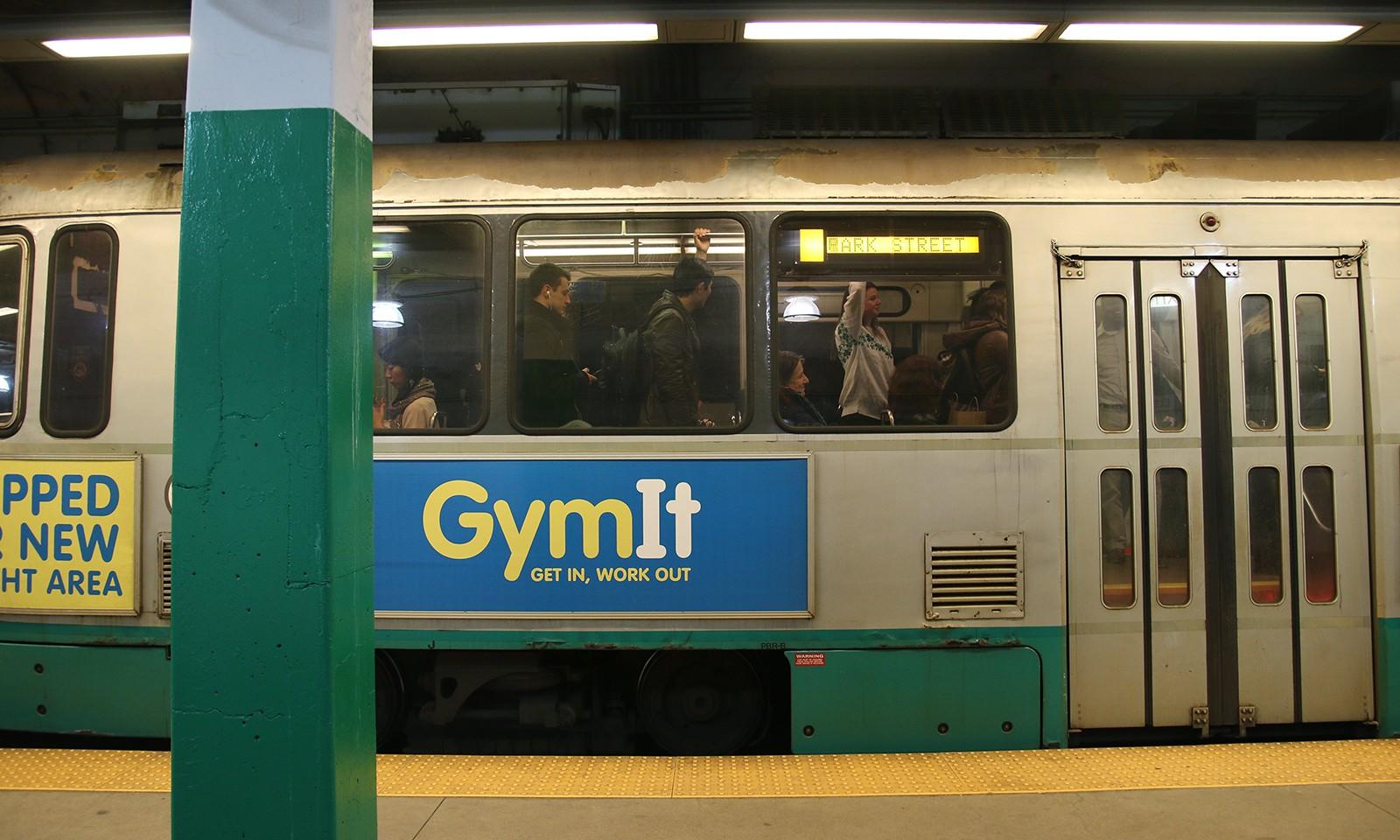Residents worry that Boston will remain a city by day and a small town by night with the T’s new cut to late-night service. The T is returning its hours to normal after two years of late night service Saturday into Sunday, and worries are creeping up regarding its impact on Boston’s nightlife, The New York Times reported.
Final trains for the T left at 2:30 a.m. starting in 2014. Late-night ridership was initially at 16,000 Friday and Saturday nights, but it dropped to 13,000 in December 2015, the Times reported.
In an effort to jumpstart Boston’s nightlife amid the T’s now limited schedule, Boston Mayor Martin Walsh announced a late-night task force that would allow restaurants to be open until midnight and let bars remain open past 2 a.m.
Boston’s median resident age is 31.1, according to the United States Census, and adults ages 18 to 34 make up 39.4 percent of the city’s population, according to the Boston Redevelopment Authority.
“It’s a chicken and egg issue, I think, where we won’t necessarily see evidence of a late-night sector until people can get to and from those venues, and those venues aren’t going to open up until people can get there,” Boston City Council President Michelle Wu told the Times. “I think government needs to move first and make a commitment.”
Wu has a point. Bustling tourist attractions like Newbury Street and Copley Square turn into desolate wastelands after around 9 p.m., and it’s unclear whether businesses close early because people don’t venture out at night or if people don’t venture out at night because businesses close early.
People, especially young people, in Boston want to do things in the city late at night. But when everything closes early and a cheap, late-night option for transportation home doesn’t exist, it’s easier to stay put than spend money elsewhere. Event attendees are forced to go straight to the T after shows or sports games because everything in Boston dies at night. It is possible to walk across the city, but only with enough time and no snow, both of which rarely happen in the winter.
Late-night T service probably didn’t bring a boom to Boston nightlife because it was only in place for two years. And now that service is being restricted right before Boston’s late-night task force has a chance to impact the industry, Boston’s businesses will never have the chance to orient themselves for success. Cutting service probably won’t have as large of an impact on the MBTA’s budget as the organization is claiming, anyway.
And an absence of late-night T service hurts more than just the fun-seeking youth. Boston workers who get off work at ungodly hours in the morning are now left with no affordable options to commute back home. No other transportation service, not even Uber, will cost less than $2.50.
Getting home late at night isn’t uncommon for most workers. And if restaurants are going to stay open later under the late-night task force, then their workers will also have to stay in the city later as well.
A regular nine-to-fiver is going to be able to comfortably get home on the T. But lower-income jobs with more irregular hours are left with little choice.
As a public entity, the MBTA isn’t expected to rake in outrageous sums of money. It’s supposed to simply sustain itself by serving the people of Massachusetts in the most efficient way possible.
With that being said, the recent fare hikes are fair. Boston’s T fare with a Charlie Card was already cheaper than a subway ride in New York or Chicago. If the MBTA needs money, that’s where it can get it. Besides, the MBTA is still reeling from last year’s nightmarish winter.
Though the MBTA serves all of Massachusetts, it has a responsibility to look out for Boston, the city with the highest concentration of people who rely on its services. Infrastructure isn’t sexy, but it’s important and often overlooked. It’s the backbone on which a city is built.
As Boston’s recent efforts with regulating the T show, Boston is trying to spur a late-night scene without committing to it. The city has been ridiculed as being a “quaint, almost wannabe” city, and enough is enough. The city that always sleeps needs to find a way to wake up.

















































































































